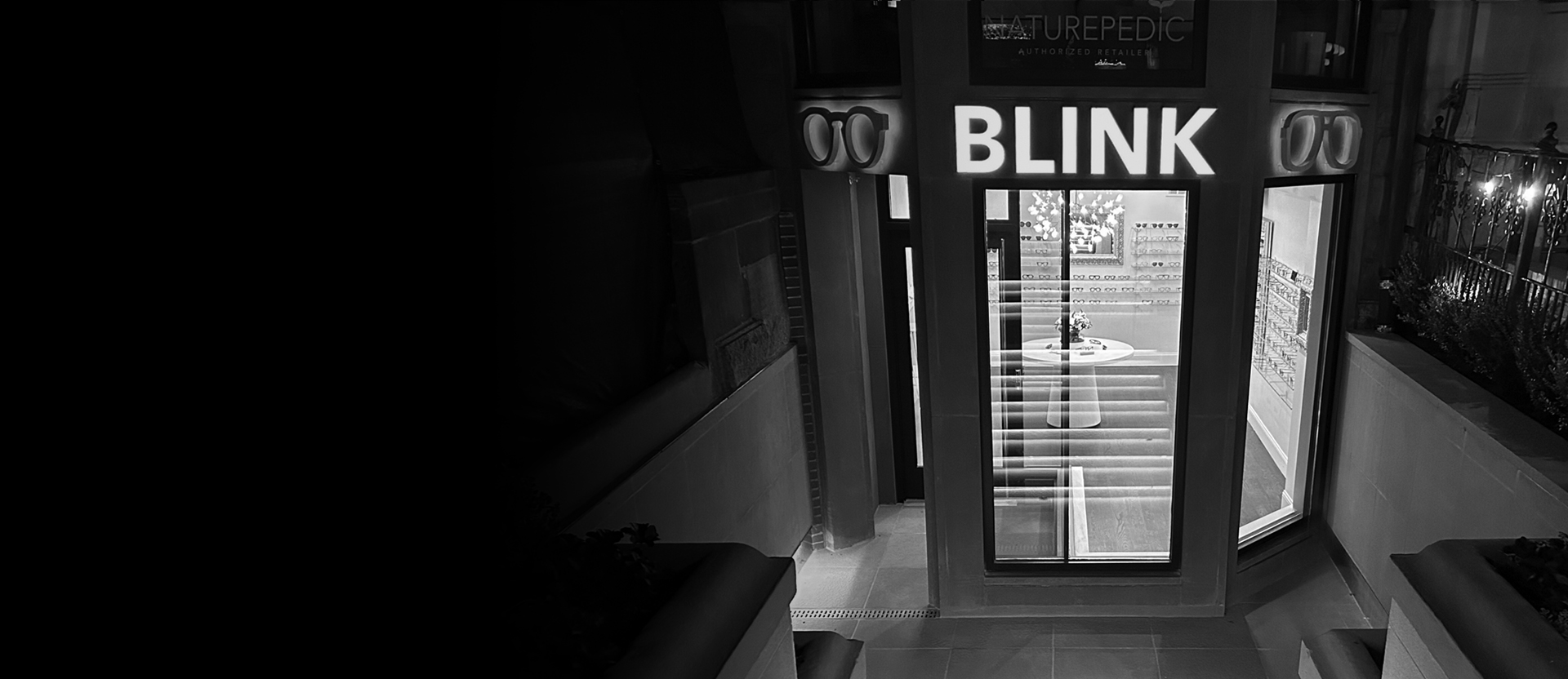
If you’ve recently been diagnosed with presbyopia or are simply looking for a more seamless way to manage multiple vision needs, progressive lenses may be the ideal solution. These advanced lenses allow you to see clearly at all distances without the lines found in traditional bifocals or trifocals.
What Is Presbyopia?
Presbyopia is a common age-related vision condition that typically begins to affect people in their 40s and beyond. It occurs when the eye’s natural lens gradually loses flexibility, making it difficult to focus on close-up objects. You might notice yourself holding reading materials farther away, experiencing eye strain when working at a computer, or having trouble seeing clearly in low light. Unlike nearsightedness or farsightedness, presbyopia is a natural part of aging and affects everyone to some degree over time.
Why Choose Progressive Lenses?
Progressive lenses are a modern and convenient solution for presbyopia. Progressive lenses provide a smooth, gradual transition between multiple prescription strengths - all in one lens. This allows you to see clearly at all distances: near, intermediate, and far, without the noticeable lines found in older-style multifocal lenses. Not only do they offer a more natural visual experience, but progressive lenses also have a more aesthetically pleasing appearance, making them a popular choice for those who want both function and style.
If you’re new to progressive lenses or considering making the switch, here are some helpful tips to ensure a smoother, faster adaptation.
Wear Them Consistently
One of the most effective ways to speed up your adjustment is to wear your progressive lenses full-time. Switching back and forth between your old glasses and your new lenses can confuse your brain and delay adaptation. Stick with your progressives from morning to night to allow your visual system to get used to the new way of seeing.
Use Proper Head Movement
Progressive lenses are designed with distinct zones for distance, intermediate, and near vision. Instead of just moving your eyes like you might have done with single-vision lenses, it’s important to move your head slightly in the direction you want to look. To see something up close, for instance, you’ll need to look downward through the lower part of the lens. For distance, look straight ahead.
Get the Right Fit
A precise fit is essential for comfort and performance with progressive lenses. Frames that sit too high or low, or that don’t align properly with your pupils, can make adaptation much harder. Make sure your lenses are properly fitted and adjusted by a trained optician to ensure that the different zones of your lenses match your natural line of sight.
Give It Time
Everyone adapts at a different pace - some within a few days, others within a couple of weeks. If you continue to experience discomfort, headaches, or visual strain after two to three weeks, don’t hesitate to return to your eye care provider for a follow-up. Sometimes a minor adjustment to your prescription or lens alignment can make all the difference.
Upgrade Your Vision at BLINK
Switching to progressive lenses is a great step toward clearer, more convenient vision at all distances - but it does require a short adaptation period. By wearing your lenses consistently, using correct head movements, and working closely with your eye care provider, you can make the transition as smooth as possible.
If you’re thinking about making the switch to progressive lenses, schedule a comprehensive eye exam at BLINK today. Visit our office on Newbury Street in Boston, or reach us at (617) 780-0728 to book your appointment.


